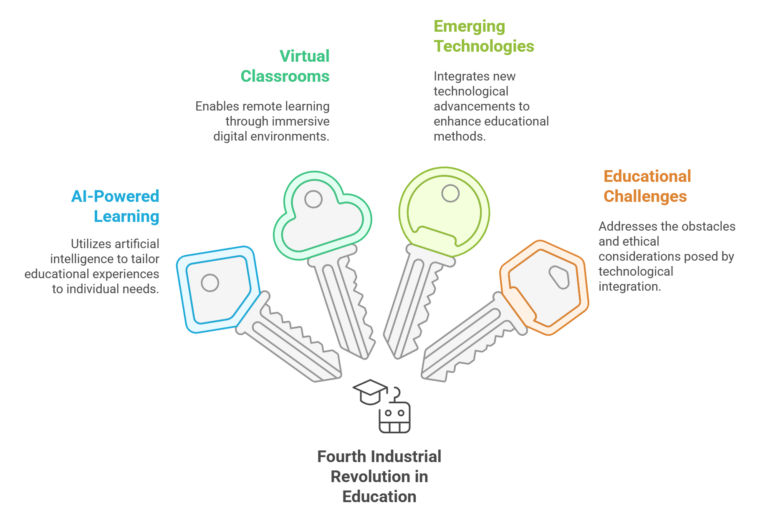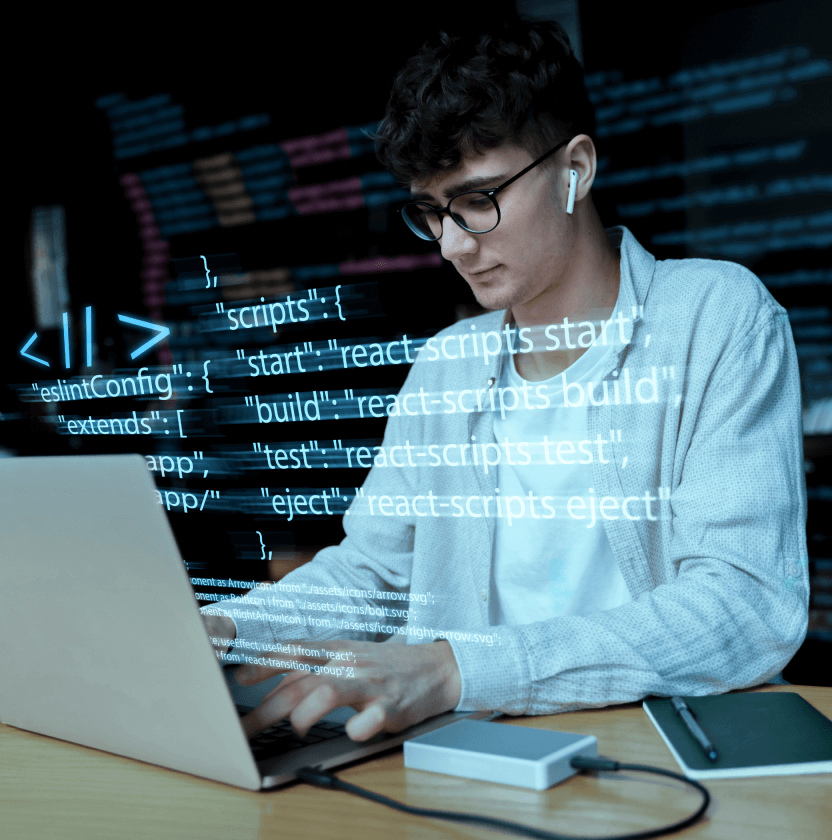The Fourth Industrial Revolution in Education

The Fourth Industrial Revolution (4IR) is reshaping industries, economies, and societies at an unprecedented pace. At the heart of this transformation lies education—a sector undergoing a radical shift as emerging technologies redefine how we learn, teach, and prepare for the future. From AI-powered personalized learning to virtual classrooms, 4IR is unlocking new possibilities for education while also posing critical challenges. Let’s explore how 4IR is revolutionizing education and what it means for learners, educators, and institutions.
1. Personalized Learning Through Artificial Intelligence (AI)
One of the most significant impacts of 4IR on education is the rise of personalized learning. AI-powered platforms can analyze students’ learning patterns, strengths, and weaknesses to deliver customized content and recommendations.
For example: Adaptive learning platforms like Knewton and DreamBox adjust lessons in real-time based on student performance. AI tutors provide instant feedback and support, helping students learn at their own pace.
This shift from a one-size-fits-all approach to tailored learning experiences ensures that no student is left behind. By leveraging AI, educators can create more inclusive and effective learning environments.


2. Virtual and Augmented Reality (VR/AR) in the Classroom
4IR technologies like virtual reality (VR) and augmented reality (AR) are making learning more immersive and engaging. Imagine students exploring ancient civilizations through VR field trips or medical students practicing surgeries in a risk-free, AR-enabled environment or science classes using AR to visualize complex concepts like molecular structures.
These tools not only enhance understanding but also make learning more interactive and fun. By bringing abstract concepts to life, VR and AR are transforming how students engage with educational content.
3. The Rise of Online and Blended Learning
The COVID-19 pandemic accelerated the adoption of online learning, but 4IR is taking it to the next level. With advancements in 5G connectivity, cloud computing, and collaboration tools, online education is becoming more accessible and effective. Key trends include:
- Massive Open Online Courses (MOOCs) like Coursera and edX offering courses from top universities.
- Blended learning models that combine online and in-person instruction for greater flexibility.
- Micro-credentials and digital badges that allow learners to acquire specific skills quickly.
These innovations are democratizing education, making it possible for anyone with an internet connection to learn from world-class institutions.
Let’s work together
At Dar Al Ilm, we specialize in helping organizations navigate the complexities of 4IR in education. From AI-powered learning solutions to immersive VR/AR experiences, we provide the tools and expertise to transform how you teach, learn, and prepare for the future.

Comments are closed